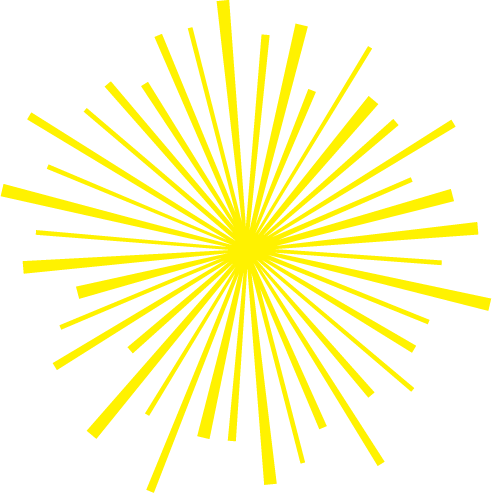365 DAYS OF ART
REBECCA BELMORE (b. 1960)
“Part of my interest in making art is to provoke a viewer to think about certain issues. And I do that through creating images that may, on first sight appear to be - hopefully! - beautiful. But when you look closer you may see something that’s a little out of sync with that beauty. That’s where I hope to get people to think about the image they’re looking at.”
Biinjiya’iing Onji (From Inside), 2017
marble sculpture
documenta 14, Filopappou Hill, Athens, Greece and Kassel, Germany
A member of the Lac Seul First Nation (Anishinaabe), Rebecca Belmore is an internationally recognized multidisciplinary artist. Rebecca Belmore’s work in performance, installation, photography and video addresses the politics of representation. Her images of provocation, subtle intervention and resistance are rooted in the tragic history of Indigenous cultures in North America. She tackles the difficult issues of injustice, racism, violence, and the plight of the disenfranchised and marginalized in society, convinced that art has the potential to effect social change. A series of recurring themes or elements connect her work: the questioning of official narratives, the labouring, struggling, or missing body, the repetitive gesture, and the use of natural materials.
Belmore attended the experimental art program at the Ontario College of Art and Design in Toronto from 1984-86. In her early work, Belmore calls attention to the continual romanticization of Indigenous cultures. Through the use of strong symbolic references, such as clothing, she challenges the conventional stereotypes of both Indigenous and Western European culture. Belmore’s performances reveal sensitivities to history and place, memory and absence. The artist's own physical body is a constant presence in these works enabling her to explore the self and community, boundaries between public and private, power relations in contemporary society and the effects of colonization on Indigenous peoples, especially women. In these works, Belmore widens the distance between the artist and the visitor, confining them to the role of voyeur and specimen.
In her intricate sculptural work, Belmore uses found material and very often uses materials gathered directly from the land. Many of her sculptural works reference the aesthetics of minimalism but contradict this history in that they are often laboriously created through an accumulation of anti-heroic, anti-industrial, and ephemeral natural materials. Her objects share with her performances similar processes of endurance, repetition, and labour. Disappeared bodies speak to the larger issues of mortality, to life and death. Water, fire, blood, are also recurring elements that she uses to reference colonial histories.
Photography plays an increasing role in Belmore’s work. It serves as a document or as a preparation for her installation/ performance work. Images of the body bound are strikingly minimal and the relationship between the body and the fabric remain ambiguous.
Solo exhibitions include: Facing the Monumental, Art Gallery of Ontario (2018); Rebecca Belmore: Kwe, Justina M.Barnicke Gallery (2014); The Named and The Unnamed, Morris and Helen Belkin Art Gallery, (2002). In 1991, Ayumee-aawach Oomama-mowan: Speaking to Their Mother was created at the Banff Centre for the Arts with a national tour in 1992 and subsequent gatherings took place across Canada in 1996, 2008, and 2014.
In 2017, Belmore participated in documenta 14 with Biinjiya’iing Onji (From Inside) in Athens, Greece and Kassel, Germany. In 2005, at the Venice Biennale, she exhibited Fountain in the Canadian Pavilion. Other group exhibitions include: Landmarks2017 / Reperes2017, Partners in Art (2017); Land Spirit Power, National Gallery of Canada (1992); and the IV Bienal de la Habana (1991).
Belmore received the Jack and Doris Shadbolt Foundation’s VIVA Award (2004), the Hnatyshyn Visual Arts Award (2009), the Governor General’s Award in Visual and Media Arts (2013), and the Gershon Iskowitz Prize (2016). She received honourary doctorates from OCAD University (2005), Emily Carr University of Art + Design (2018), and NSCAD University (2019).
THE ARTWORK
Rebecca Belmore has made a monument to the transitory, out of local materials. A tent—increasingly a long-term home for refugees and migrants—has been hand carved in marble. It is a testament to what, for many, is a state of perpetual emergency, a makeshift retreat. The form has its root in other vernacular shelters as well. “The shape of the tent is, for me, reminiscent of the wigwam dwellings that are part of my history as an Indigenous person,” Belmore explains. Wigwams (wiigiwaam in Anishinaabemowin), traditionally constructed of bentwood of young trees and covered with birch bark, are a rather ingenious solution for building with the materials available at hand. They also enabled people who were in constant motion to make their home wherever necessary.





